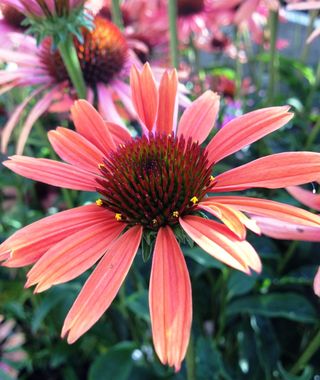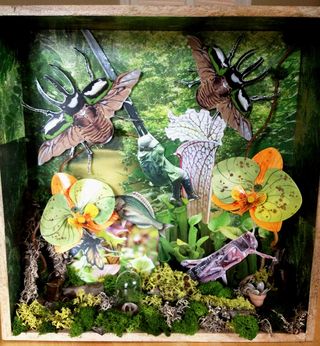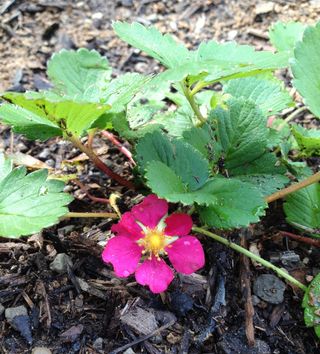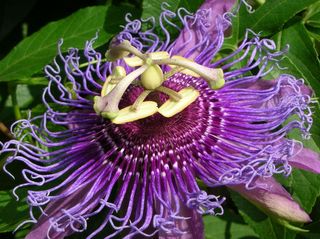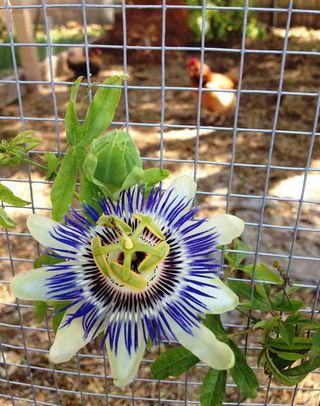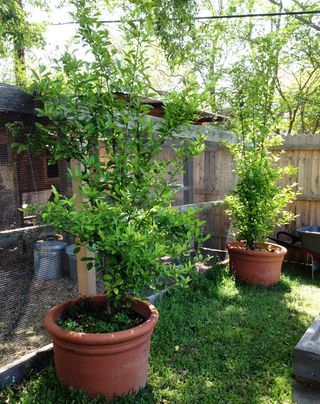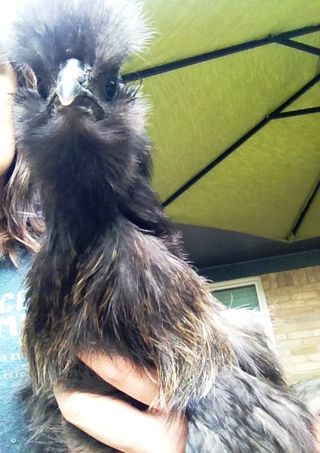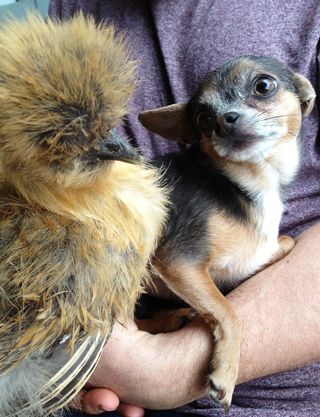Smart Gardeners Save Arugula and Dill Seeds
May 20, 2012
Save Seeds is a Smart Way to Save
Were you a smart gardener this spring? Did you let some of your cool season herbs and veggies to flower (which is always lovely) so you could collect seed? If so, then you'd have been collecting seed over the last few weeks. Arugula and Dill are two species that are particularly giving with their seed (most of my dill plants are actually volunteers from last year) and nows the time to collect seed from both.
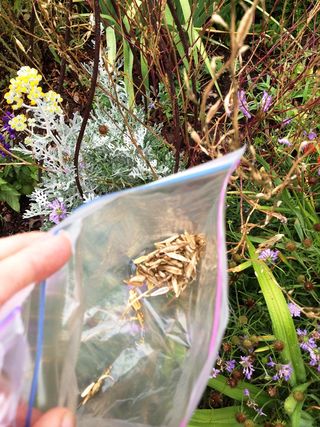 Arugula seed. I've been harvesting this past week.
Arugula seed. I've been harvesting this past week.
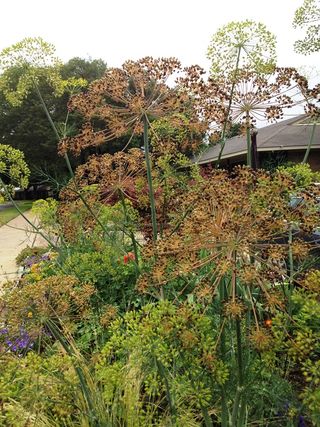 Dill seedheads...so pretty! I'll be harvesting seeds today.
Dill seedheads...so pretty! I'll be harvesting seeds today.
Both Arugula and Dill are two edibles that make fantastic ornamentals, so it just makes sense to let them go to flower and then seed in your garden. Now, this only works with open-pollinated varieties, not hybid cultivars. For example, 'Celebrity' tomatoes are an F1 hybrid...the seed you save from that plant won't come true to type (you'll get seedlings with a lot of different variants that express characteristics of the original parent plants). But with 'Green Zebra' tomato, an open-pollinated heirloom, you can save the seed and get another generation of 'Green Zebra' tomatoes. So for plain old Arugula and Dill, you can save the seed.
Old 35mm film containers with the lids make great storage for seeds. Or use any container that will keep your seeds completely dry. Make sure to label the container with the plant and date. Some folks keep them in the fridge to preserve viability. I'll be starting these Arugula and Dill seeds outdoors in September for the cool season!

